Planning a trip to Hong Kong but only have three days to explore? Don’t worry, I’ve got you covered. This vibrant city offers a perfect blend of modern skyscrapers, traditional markets, and stunning natural landscapes. Whether you’re a foodie, a shopaholic, or an adventure seeker, there’s something for everyone.
Key Takeaways
- Diverse Itinerary: The 3-day Hong Kong itinerary balances modern wonders, traditional culture, and natural landscapes, ensuring a well-rounded experience for all types of travelers.
- Top Attractions: Must-visit spots include Victoria Peak, Tsim Sha Tsui Promenade, Lantau Island, Wong Tai Sin Temple, and the Symphony of Lights Show.
- Culinary Highlights: The itinerary covers a variety of dining experiences, from Michelin-starred restaurants to bustling night markets, showcasing Hong Kong’s rich food culture.
- Practical Travel Tips: Utilizing Hong Kong’s efficient public transport, carrying an Octopus Card for seamless payment, and having basic Cantonese phrases can significantly enhance your travel experience.
- Weather and Preparation: Plan your visit between October and December for the best weather, dress lightly for hot days, and carry a jacket for cooler evenings, especially at higher altitudes like Victoria Peak.
- Local Etiquette and Essentials: Respect local customs, carry some cash for market shopping, and be prepared with Hong Kong Dollars (HKD). It’s essential to check entry requirements and health advisories before traveling.
Overview of the Hong Kong Experience
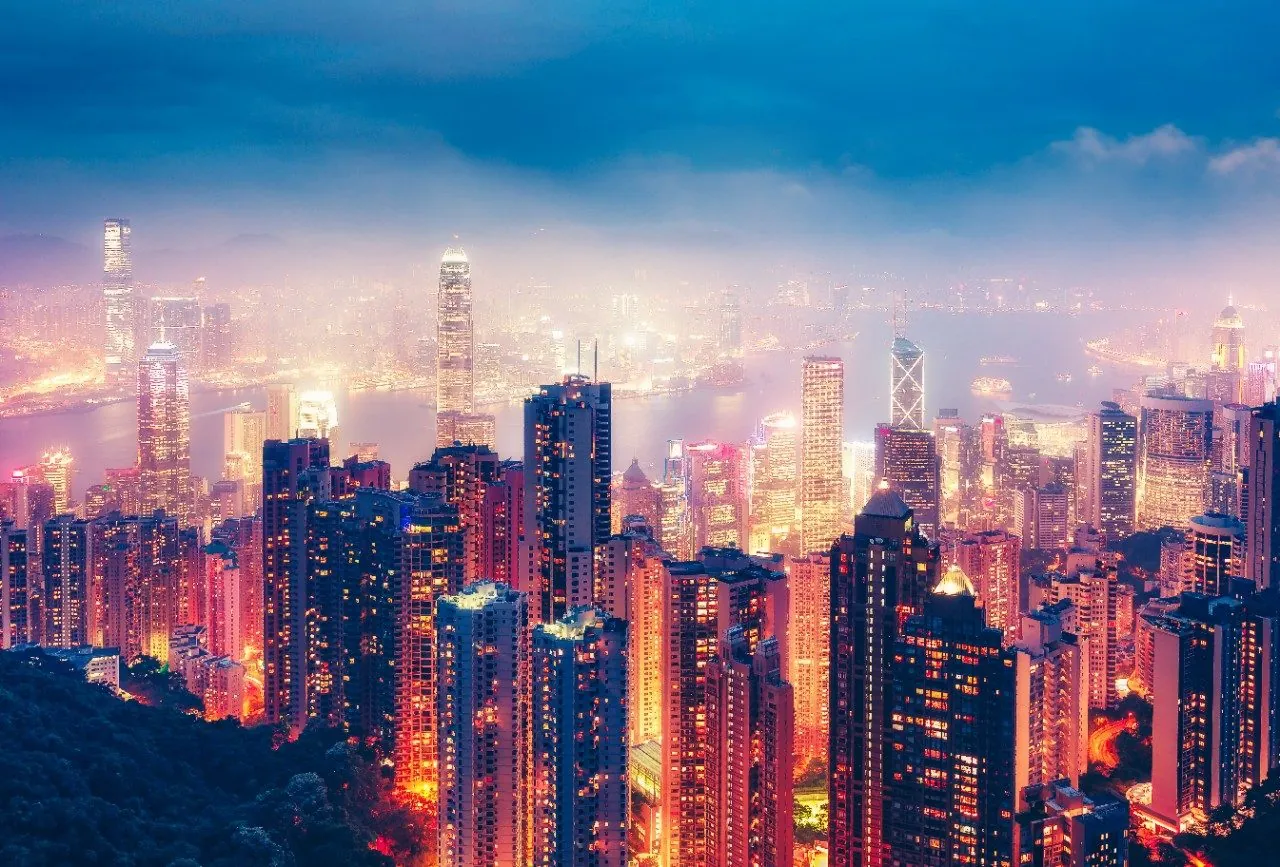
Hong Kong dazzles with its rich contrasts. This vibrant city seamlessly blends traditional culture with modern innovation. The bustling atmosphere captivates every visitor. Over three days, you’ll experience top attractions, rich cultural heritage, and exquisite cuisine.
Day 1: Hong Kong Island
I started my journey in Soho. This district buzzes with energy. Modern art galleries stand next to traditional shops in Sheung Wan. This curated walking tour captures the city’s spirit.
I then visited the Hong Kong Museum of Art. It houses an impressive collection. The masterpieces reflect both local and international art scenes. Next, I explored the Hong Kong Space Museum. The exhibits investigate into astronomy and space science, making it a must-visit for science enthusiasts.
Dinner was a highlight. I dined at a Michelin-starred restaurant. The fusion of Cantonese cuisine with international flavors was exquisite. Dishes included dim sum and Peking duck, a delightful blend of tradition and innovation.
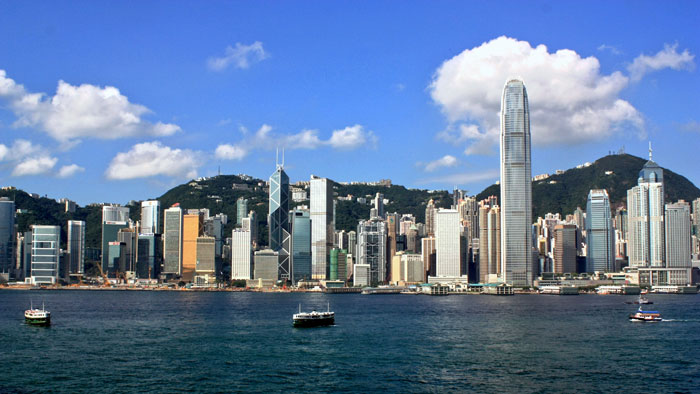
Day 2: Kowloon
The day began with a visit to the Tsim Sha Tsui Promenade. This spot offers breathtaking views of the Hong Kong skyline and Victoria Harbour. I took countless pictures; the vista is truly iconic.
Venturing further, I explored the local seafood scene. I enjoyed a leisurely dinner at a seafood restaurant. Freshly caught delicacies, such as shrimp and crab, were the stars of the meal. The flavors were both robust and fresh, adding a perfect end to a day filled with sightseeing and gastronomy.
Day 1: Exploring the Heart of the City
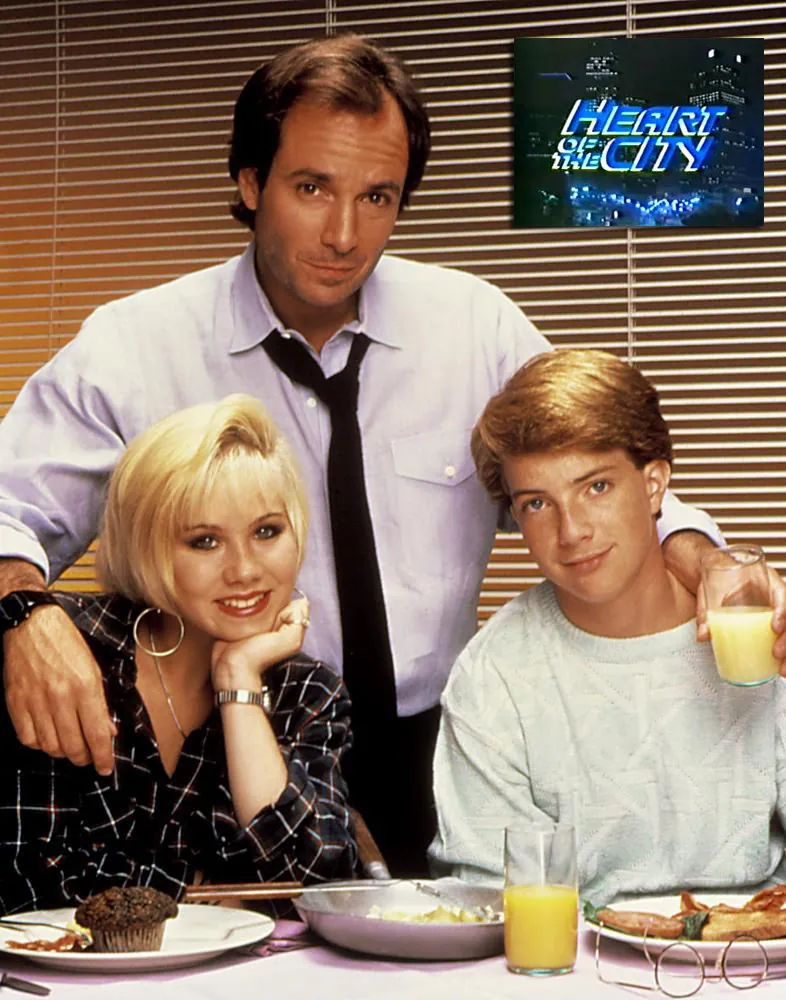
Hong Kong’s essence merges traditional and modern elements. Day 1 begins with iconic sights and vibrant districts.
Morning: Victoria Peak
Victoria Peak tops my list for breathtaking views. I start my day with a tram ride to Hong Kong’s highest point. The historic Peak Tram offers a unique journey, climbing steeply while showcasing the cityscape. Once at the top, I enjoy 360-degree views of the skyline, Victoria Harbour, and the Kowloon Peninsula.
The Peak Circle Walk provides a leisurely 3.5-kilometer stroll around the hill. This paved path lets me soak in stunning panoramas from various viewpoints. It’s an ideal way to appreciate Hong Kong’s natural and urban beauty. Numerous photo opportunities arise along this scenic route, capturing the essence of the city from elevated perspectives.
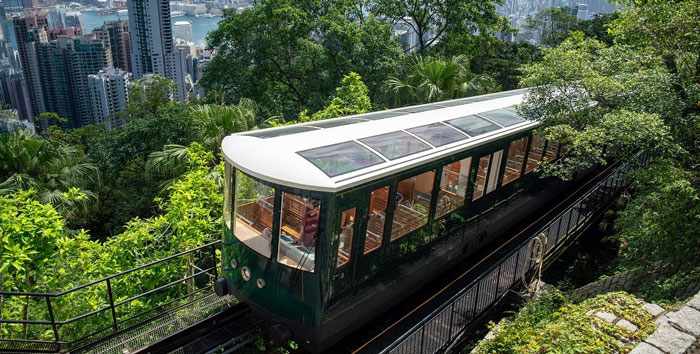
Afternoon: Central and Hollywood Road
In the afternoon, I head to the Central District. This area showcases some of Hong Kong’s most remarkable architecture. Notable buildings like the HSBC Building and the Bank of China Tower dominate the skyline. Wandering through Central’s narrow lanes, I discover hidden gems like quaint coffee shops, art galleries, and small temples.
Hollywood Road, known for its antique stores and art galleries, offers a blend of historical charm and contemporary culture. One highlight is the Man Mo Temple, devoted to the gods of literature and war. Its historical significance and intricate design captivate visitors. Exploring these areas reveals Hong Kong’s rich history intertwined with modernity.
Evening: Symphony of Lights Show
I end my day with the Symphony of Lights Show. Recognized as the world’s largest permanent light and sound show, this performance synchronizes lights and music across more than 40 buildings. Victoria Harbour serves as the spectacular backdrop.
Viewing the show from the Tsim Sha Tsui Promenade provides an ideal vantage point. Laser beams, colored lights, and synchronized music create a mesmerizing experience that encapsulates Hong Kong’s vibrancy. The show starts at 8 PM daily and lasts about 13 minutes, offering a fitting finale to my day.
Day 2: Island Adventures

Day 2 in Hong Kong focuses on exploring its rich natural landscapes and cultural landmarks. This itinerary includes a trip to Lantau Island, a scenic cable car ride, and a vibrant night market.
Morning: Lantau Island and Tian Tan Buddha
To start the day, I head to Lantau Island. The best way to get there is by taking the MTR to Tung Chung Station, which is about a 30-minute ride from Hong Kong Island. From there, it’s just a short 5-minute walk to the Ngong Ping Cable Car station.
The Ngong Ping Cable Car ride is 5.7 km long and takes roughly 25 minutes each way. There are two cabin options available: the Standard Cabin and the Crystal Cabin. The Crystal Cabin has a glass bottom, offering stunning views. Buying the cable car vouchers in advance helps in avoiding long lines.
Once I arrive at Ngong Ping, I make my way to Tian Tan Buddha, also known as the Big Buddha. This 34-meter-high statue is situated atop Tian Tan mountain and is part of the Po Lin Monastery. The statue symbolizes the harmonious relationship between man and nature, people, and faith.
Afternoon: Ngong Ping 360 Cable Car
After exploring the monastery and taking in the views of the Big Buddha, I take the same Ngong Ping Cable Car back to Tung Chung. On the journey back, the Crystal Cabin provides an incredible panoramic view of Lantau Island, including the South China Sea and lush mountain ranges.
Upon my return to Tung Chung, I spend some time at Citygate Outlets, which is right next to Tung Chung Station. It’s a great place to shop for discounted designer brands and local goods. If time permits, I can also visit the Tung Chung Fort, a historical site dating back to the Qing dynasty, just a short bus ride away.
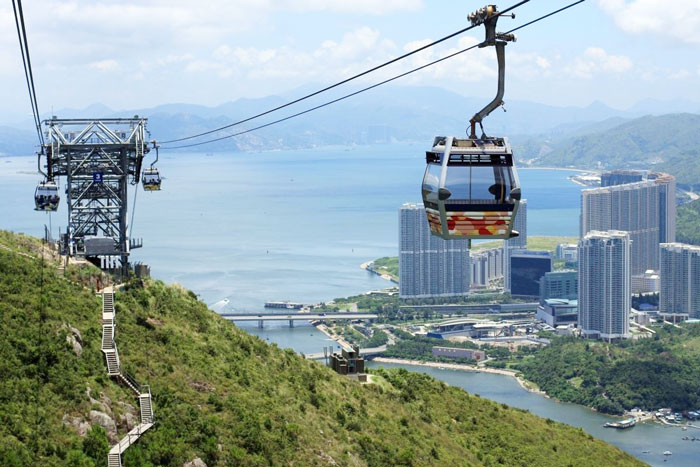
Evening: Temple Street Night Market
In the evening, my next destination is the Temple Street Night Market, located in Kowloon. To get there, I take the MTR from Tung Chung Station to Jordan Station, roughly a 45-minute ride. Exiting at Jordan Station, it’s a short walk to Temple Street.
Temple Street Night Market is one of the most famous street markets in Hong Kong. Here, I find a wide range of items for sale, including clothing, electronics, and souvenirs. The market comes alive after dark with its vibrant atmosphere and street performers. I also enjoy trying local street food, such as stinky tofu and egg waffles, from the numerous food stalls.
This plan ensures a rich and varied Day 2, combining natural beauty, cultural landmarks, and a taste of Hong Kong’s bustling market life.
Day 3: Cultural and Historical Highlights
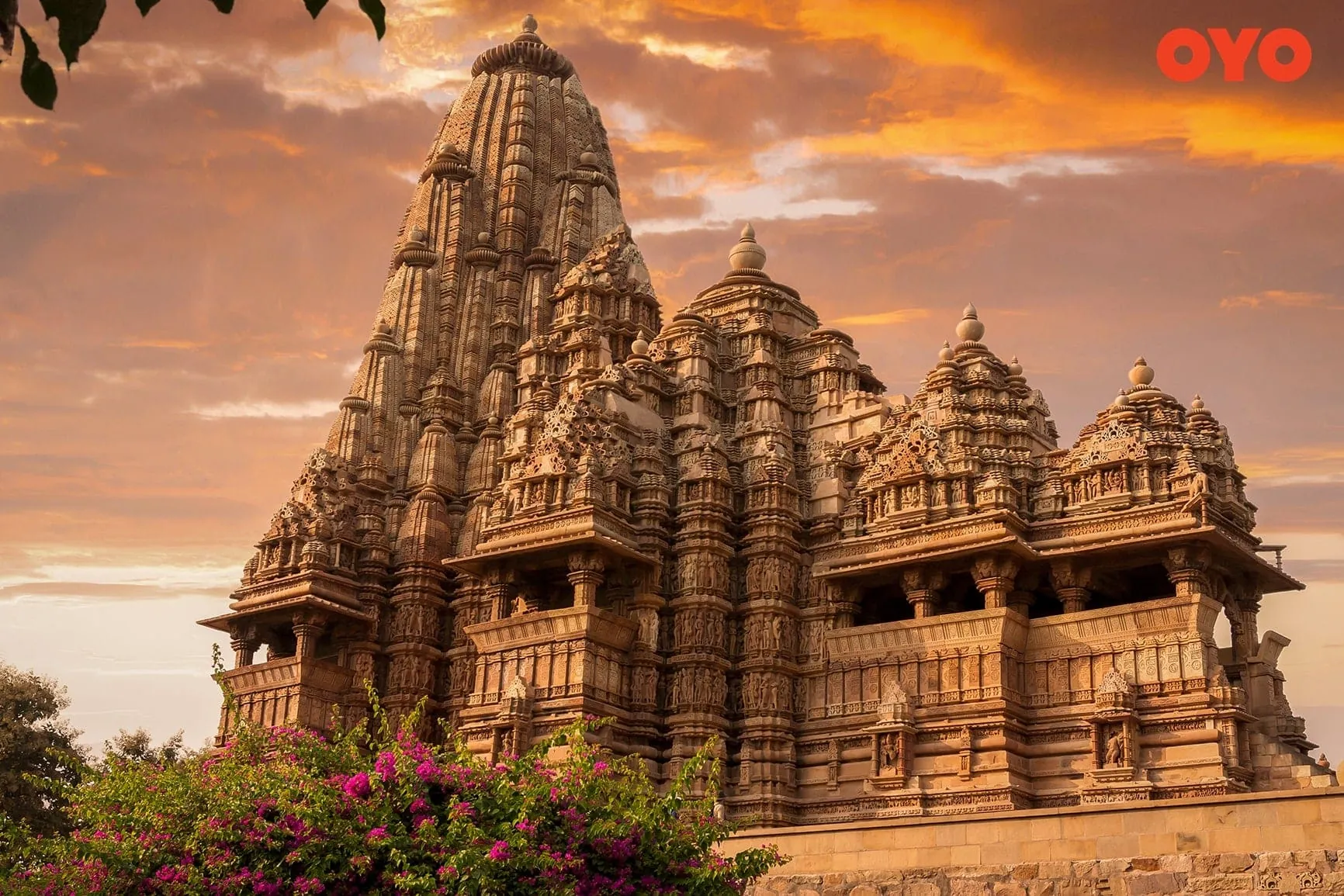
Day 3 in Hong Kong immerses visitors in the area’s rich cultural and historical world. Here’s a breakdown of the day’s activities.
Morning: Wong Tai Sin Temple
Wong Tai Sin Temple stands as a beacon of Taoist reverence and stunning architecture. This temple, known for both its ornate details and peaceful gardens, draws visitors interested in exploring Hong Kong’s spiritual depth. I started my visit early to avoid the crowds, and the tranquility was palpable.
Fortune-telling is a key attraction here, with dedicated sections where visitors engage in kau cim—shaking a bamboo cylinder for sticks that reveal fortunes. The temple complex, with its beautifully carved dragon pillars and colorful tiles, offers numerous photo opportunities. In the surrounding gardens, ponds with koi fish and meticulously manicured plants create a serene escape amidst the city’s hustle.
Afternoon: Kowloon Walled City Park
Kowloon Walled City Park gives a peek into a complex historical layer of Hong Kong. Built on the site of the former Kowloon Walled City, the park’s design intricately reflects its past. Walking through its lush gardens, dotted with historical artifacts and pavilions, felt like stepping back in time.
Paved pathways lead to the Yamen, one of the few remaining structures from the original walled city, which now serves as a museum. Plaques throughout the park provide fascinating insights into the city’s evolution from a military fort to a densely populated enclave. The park, open from 6:30 AM to 11:00 PM, offers plenty of quiet nooks for reflection and reading about its intriguing history.
Evening: Tsim Sha Tsui Promenade
Tsim Sha Tsui Promenade, a waterfront gem in Kowloon, provides stunning views of the Hong Kong skyline, especially dazzling at night. Arriving in the early evening, I found a spot to settle in for the Symphony of Lights, a free nightly light show that illuminates the entire skyline.
Walking along the promenade, I enjoyed the art installations and street performances that added a festive vibe to the waterfront. The area’s attractions like the Clock Tower, the Hong Kong Cultural Center, and the Avenue of Stars, enhanced the experience, showcasing both cultural and modern elements of the city. The promenade itself is perfect for a leisurely stroll while soaking in the city’s vibrant atmosphere.
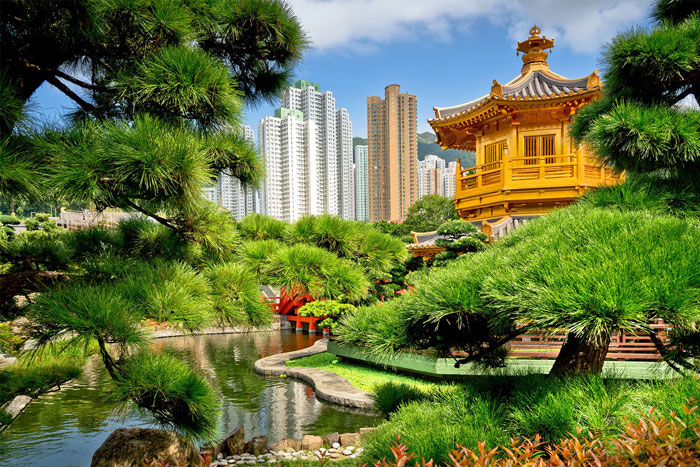
Travel Tips and Recommendations
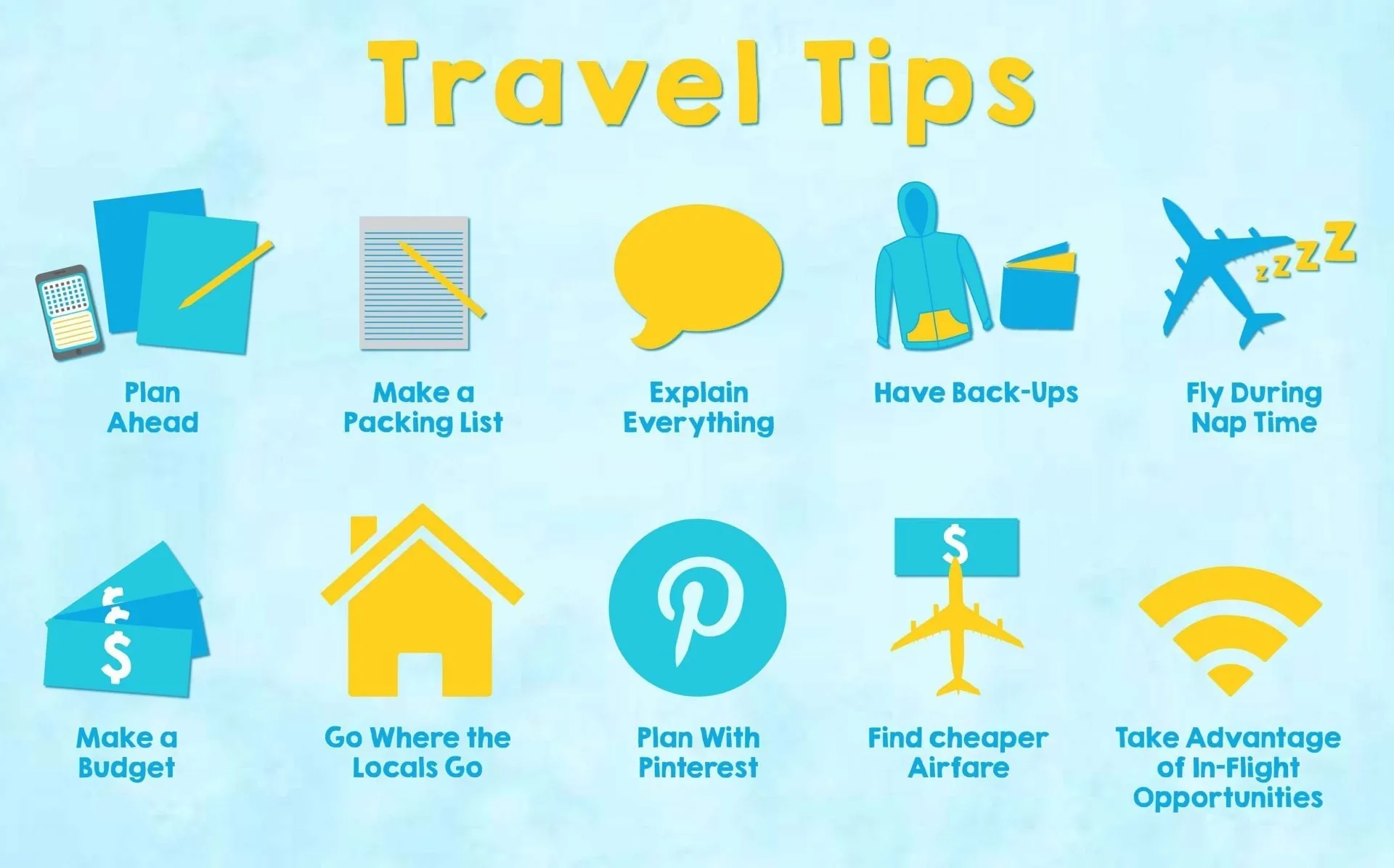
Transport
Hong Kong has a well-connected transport system, making it easy to navigate. Use the Octopus Card for convenient, cashless payments on all public transport, including buses, ferries, and trams. The card also works at various retail stores. For getting around specific areas, the MTR (Mass Transit Railway) is the most efficient mode. For instance, use the MTR to travel from Central to Tsim Sha Tsui in just under 10 minutes.
Language
English, along with Cantonese, is widely spoken across Hong Kong. Most signs and directions are bilingual, so language barriers are minimal. But, learning a few basic Cantonese phrases can enhance your experience. Saying “Ng goi” (please) or “M goi” (thank you) often elicits positive reactions from locals.
Currency and Payments
Hong Kong uses the Hong Kong Dollar (HKD). Cash is commonly used, but credit cards are also accepted in most places. Use currency exchange services at the airport or in the city to get better rates than at hotels. Also, having some cash on hand is essential for small vendors and markets, such as the Temple Street Night Market.
Weather and Clothing
Hong Kong has a subtropical climate, with hot summers and mild winters. Visit from October to December for the most pleasant weather, where temperatures average between 60–70°F (15–25°C). Light, breathable clothing is ideal for the day, but carry a light jacket for cooler evenings, especially when visiting higher altitudes like Victoria Peak.
Entry Requirements
US citizens can enter Hong Kong visa-free for up to 90 days. But, your passport must be valid for at least one month beyond your intended stay. Check the latest entry requirements and health advisories before traveling, as they can change without notice.
Local Etiquette
Respect local customs and traditions, especially in places of worship like Man Mo Temple and Wong Tai Sin Temple. Dress modestly when visiting these sites. Also, giving and receiving items with both hands is a sign of respect. Public displays of affection are generally frowned upon.
Health and Safety
Hong Kong is generally safe but exercise standard precautions. Carry a copy of your passport and important documents. Medical facilities are of high quality. Obtain travel insurance that covers health and accidents. Tap water is safe to drink, but bottled water is also readily available.
Connectivity
Stay connected with the city’s free public Wi-Fi available in many areas. You can buy a local SIM card or a portable Wi-Fi device at the airport or major electronics stores. Opt for a data package that suits your communication needs.
Dining
Hong Kong offers a diverse culinary scene. Try local delicacies such as dim sum, wonton noodles, and roast meats. Visit well-known food districts like Mong Kok and Tsim Sha Tsui. For street food, explore areas like Temple Street Night Market. Many restaurants and food stalls have English menus, making ordering easier.
Shopping
Hong Kong is a shopping haven. Visit street markets, luxury malls, and boutique stores. For electronics, visit Sham Shui Po. Fashionistas should head to Causeway Bay. For unique souvenirs, visit the Jade Market in Kowloon.
Emergency Numbers
Keep these emergency numbers handy:
- Police, Fire, Ambulance: 999
- Tourism Hotline: +852 2508 1234
Having these tips handy makes exploring and enjoying your trip to Hong Kong smoother and more enjoyable.
Conclusion
Exploring Hong Kong in three days offers a perfect blend of its rich history and vibrant modernity. From the breathtaking views at Victoria Peak to the cultural depth at Wong Tai Sin Temple every moment is packed with excitement and discovery. The travel tips provided ensure a smooth and enriching experience making your trip memorable and hassle-free. Whether you’re savoring local delicacies or shopping in bustling markets Hong Kong promises an adventure that’s both unique and exhilarating. So pack your bags and get ready to immerse yourself in the dynamic energy of this incredible city.
Frequently Asked Questions
What are the must-visit attractions in Hong Kong for a three-day trip?
For a three-day trip, don’t miss Victoria Peak, Central, Hollywood Road, and the Symphony of Lights Show on Day 1. Visit Lantau Island, Tian Tan Buddha, and the Temple Street Night Market on Day 2. Day 3 should include Wong Tai Sin Temple, Kowloon Walled City Park, and Tsim Sha Tsui Promenade.
Where can I find the best views of Hong Kong’s skyline?
The best views can be found at Victoria Peak and Tsim Sha Tsui Promenade. These spots offer stunning vistas of the city’s iconic skyline, especially during sunset and the Symphony of Lights Show.
How can I get around Hong Kong efficiently?
Hong Kong has an excellent public transportation system, including the MTR (subway), buses, trams, and ferries. The Octopus Card is a convenient way to travel, as it can be used on all public transport and even for small purchases.
What is the best time of year to visit Hong Kong?
The best time to visit Hong Kong is during the fall (September to November) and spring (March to May) when the weather is mild and pleasant. Avoid the summer’s high humidity and the typhoon season.
Do I need a visa to visit Hong Kong?
Visa requirements vary by country. Many nationalities can enter Hong Kong visa-free for short stays. Check the latest entry requirements from the Immigration Department of Hong Kong ahead of your trip.
What are some local etiquette tips I should be aware of?
Common etiquette in Hong Kong includes addressing people with titles, avoiding public displays of affection, and not sticking chopsticks upright in a bowl of rice. It’s also polite to offer and receive items with both hands.
Is it easy to find English speakers in Hong Kong?
Yes, English is widely spoken, especially in tourist areas, hotels, and restaurants. Most signs and public transport announcements are also in English, making it easy for English-speaking visitors to navigate.
What type of currency is used in Hong Kong?
Hong Kong Dollar (HKD) is the official currency. Credit cards are widely accepted, but it’s handy to carry some cash for small purchases, markets, and street vendors.
Are there any health and safety concerns for travelers in Hong Kong?
Hong Kong is generally very safe. However, it’s advisable to take standard precautions, such as being aware of your surroundings and safeguarding personal belongings. Tap water is safe to drink.
How can I stay connected while in Hong Kong?
You can easily stay connected by purchasing a local SIM card or using an international roaming plan. Free Wi-Fi is available in many public places, including airports, shopping malls, and cafes.

